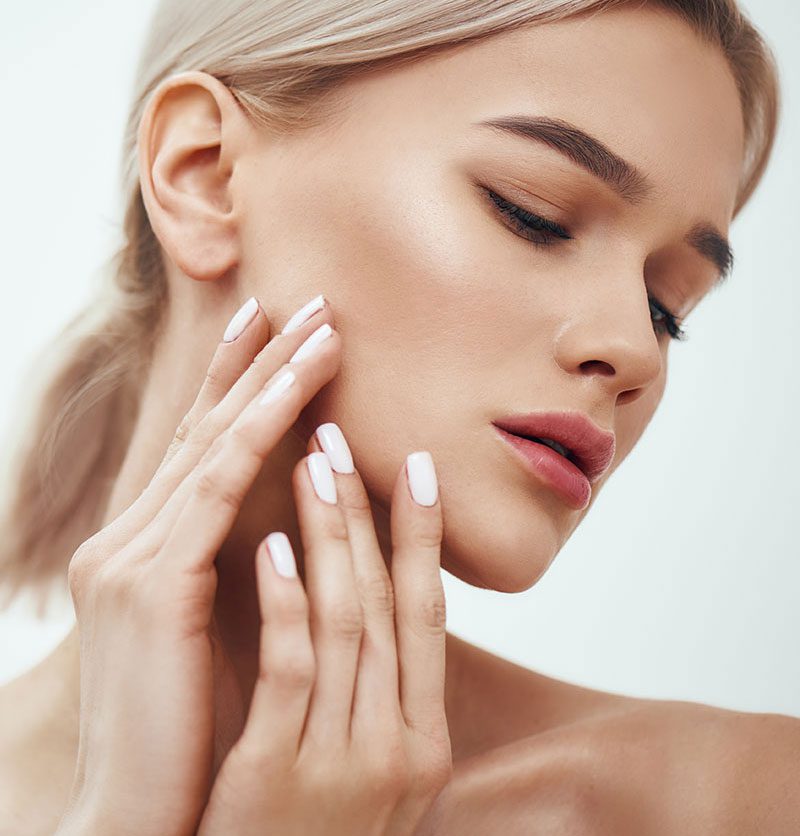
Facial Fat Grafting
The biggest positive change in facelifting techniques over the past five years has been the addition of volume restoration in the face with a person’s own fat. Some people have always had thin faces and others have heavier faces, but the fat may be in the wrong area. The result is that the shape of the face is not as pretty or young as someone might wish. The advent of refined techniques of using fat as a volumizer has revolutionized our ability to sculpt the face in ways never before possible. The key to success is using small little bits of fat so that it “takes” in its new location and to not overdo the correction. This is particularly important in enhancing the shape and fill of the lips. Fat is now very commonly used in place of cheek or chin implants made of silicone.

Who Is a Good Candidate?
Fat grafting of the face can help even young people who have thin faces without much fullness in the cheekbone area or even the chin. We have used fat grafting to fill facial depressions even for young women in their twenties. More commonly, we use it as an isolated procedure for signs of aging in the late thirties or forties in the “tear trough” area, smile grooves around the mouth, lips, and temples. All of these same areas are frequently filled at the time of facelifting as well.
How Is The Procedure Performed?
Facial fat grafting can be done in our fully accredited operating facility under local anesthesia with sedation or a light general anesthesia if desired. The areas of the face where the fat is to be placed are marked. The patient can select the area where she desires fat to be harvested which is done with specialized liposuction techniques. The fat is carefully washed with saline and antibiotics and then reinjected using tiny insertion tubes.

What Is The Post-Operative Recovery?
Swelling and bruising can be a little more significant with fat injection than with fillers because the fat is more globular and we use larger volumes to get the best result. Cooling of the area with cool compresses and elevation after surgery will minimize the swelling and bruising. Many patients are able to return to work in the first week following surgery. Pain is minimal but the area where the fat was harvested can feel like a bruise.
What Can I Expect For Results?
We usually overcorrect the depressed regions of the face initially, because some of the volume injected always absorbs. This may be related to the fact that some of the fluid around the fat is saline which the body absorbs easily. It is sometimes necessary to add additional fat in a second procedure depending on the severity of the initial depression. The advantage of using fat, however, is that it appears to live and grow in the new area permanently. We have observed improvement in the quality and texture of the overlying skin as well. Whether this is do to a stem cell effect or simply the thicker fatty layer is not known.
Are There Potential Complications?
The most common reason for a less than perfect result with fat injection is that the patient may experience more absorption of the fat than we would like. However, this outcome is easily addressed with an additional fat grafting session. Oil cysts and rarely, infection can occur, both of which are treatable by aspiration or antibiotics.
For patients who are requiring greater amounts of filler to maintain a young look, the use of fat can be a more economical way to rejuvenate the face.
